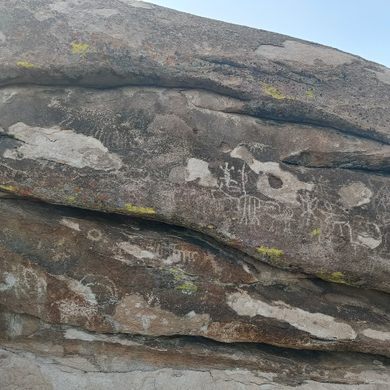Clancy Tucker's Blog, page 9
July 29, 2022
30 October 2022 - GESTAPO INTERROGATION MEMORIAL - ATHENS, GREECE
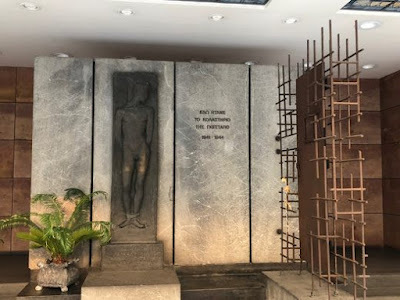
GESTAPO INTERROGATION
MEMORIAL
- ATHENS, GREECE -
G'day folks,
This is the site where hundreds of Greeks were tortured by the Nazi secret police, but is now a cosmetics store.
When the German army invaded and occupied Athens in April 1941, it began enacting laws to control the local population. Many Greeks resisted these laws, and the Greek Resistance Movement was soon organized, known as one of the fiercest resistance groups in World War II Europe. When the resistance began having an impact on the occupation, the Germans sought retribution.
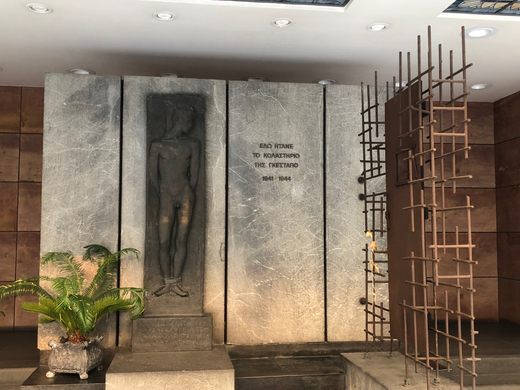
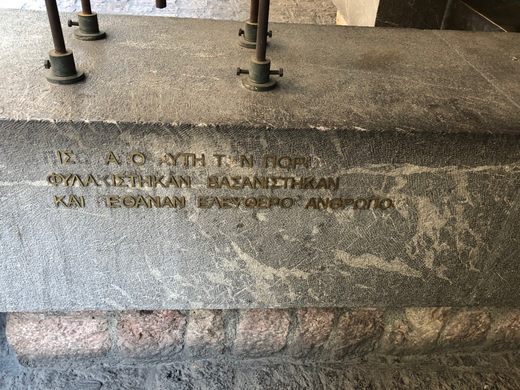
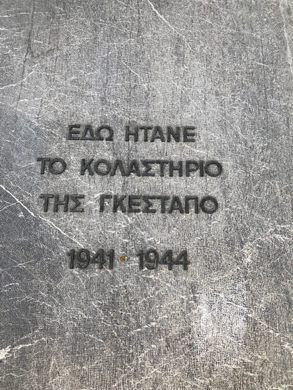
The Nazi occupation force included the ruthless Gestapo, which requisitioned a building at 6 Merlin Street in central Athens to act as its headquarters. The site served as the primary interrogation center of the secret police, outfitted with torture chambers and prison cells. Those suspected of being members of the resistance, or committing individual acts of defiance, were brought to this hellish place.
Hundreds of individuals who passed through the doors of the building were either tortured to death or sent to the nearby concentration camp of Chaidari. The Nazis left many of the bodies hanging from trees for days, guarded by local collaborators, to send the message that acts of defiance would be dealt with swiftly and without mercy.
When the Germans withdrew from the city in October 1944, the building returned to civilian use. In the 1980s, it was converted to a shopping center, and the site of the former Gestapo building now houses a beauty retail chain; the area where the torture chambers were is now full of cosmetic displays.
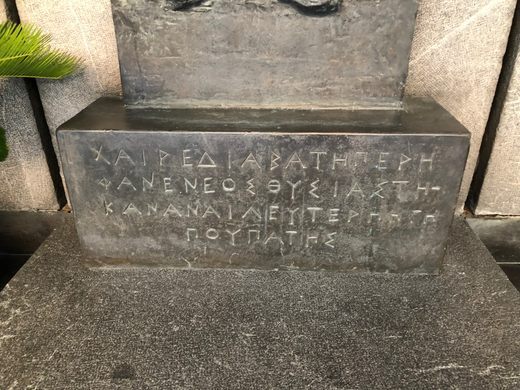
This eerie place now tells the story of a dark chapter in human history that should not be forgotten. Outside the building is a memorial to those that were detained, tortured, or killed at 6 Merlin. The memorial includes a carving of a bound prisoner, one of the original torture chamber doors, and several plaques. One of the plaques reads, “Free people were led through this door.”
22 October 2022 - HADRIAN'S RESERVOIR - ATHENS, GREECE
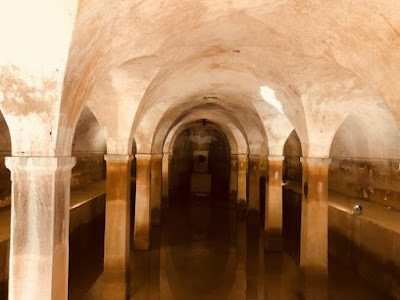
HADRIAN'S RESERVOIR
- ATHENS, GREECE -
G'day folks,
This ancient hydrological marvel is now the base of a modern outdoor cinema.
One of Roman Athens’ most amazing engineering feats now lies below a modern outdoor movie theater. Fans of the silver screen can gather beneath the night air to watch their favorite films, all while perched atop a nearly 2,000-year-old reservoir.
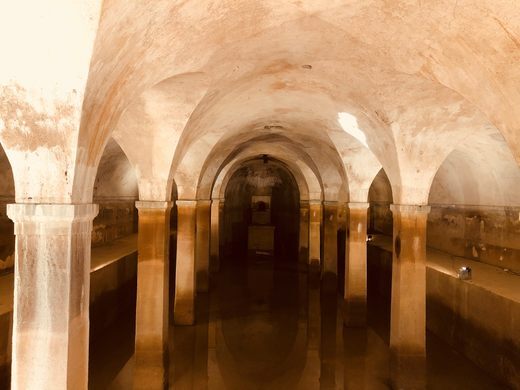
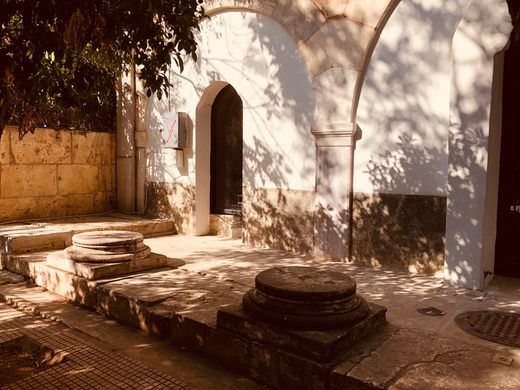
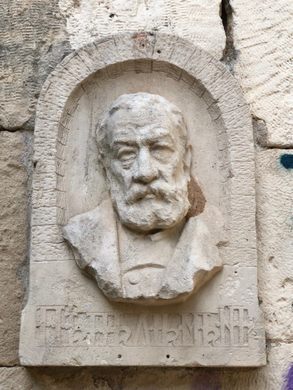
Due to Athens’ growing water needs in the second century CE, Emperor Hadrian ordered a project to increase the city’s water supply. Construction thus started in 125 for an aqueduct that began at Mount Parnitha and stretched more than 12 miles to the base of Mount Lycabettus, where a reservoir was built.
The aqueduct consisted primarily of an underground channel constructed manually through solid rock. When completed in 140 CE, it was Athens’ largest infrastructure project to date.
Hadrian’s Reservoir sits at the western base of Mt. Lycabettus. Pipes originating there provided enough water to cover the needs of the area’s residents for over 1,000 years. The structure had a propylon (destroyed in the late 18th-century) with four Ionic columns and an architrave with a dedication to Hadrian and his successor Antoninus Pius, during whose reign the work was completed.
The reservoir was abandoned during the Ottoman Empire’s occupation, causing most residents to become reliant on wells. Restoration of the aqueduct began in 1847, though it ceased to be a main source of water after the construction of the Marathon Dam in 1929.
Today, it no longer supplies drinking water. Some water from the reservoir still makes it to the end, though it empties right into the sewer. Currently, only parts of the steps and two column bases remain at the site. A portion of the architrave also still exists, though it currently sits in the National Gardens.
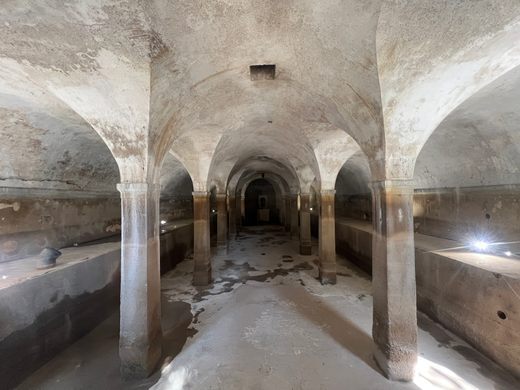
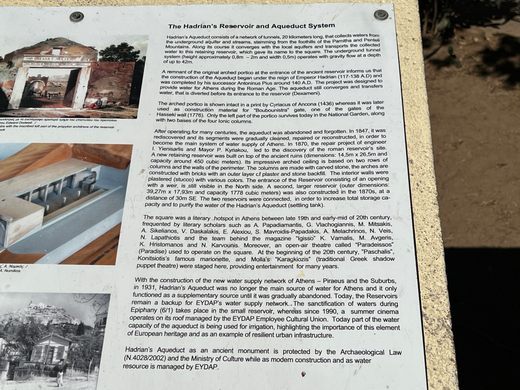
July 27, 2022
20 October 2022 - LYCABETTUS FUNICULAR RAILWAY - ATHENS, GREECE
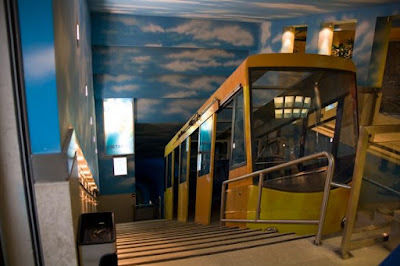
LYCABETTUS
FUNICULAR RAILWAY
- ATHENS, GREECE -
G'day folks,
This railway carts travelers to central Athens's highest peak, which offers stunning vistas of the city.
Running from the lower terminus in Kolonaki to the upper terminus atop Mount Lycabettus, the Lycabettus Funicular takes passengers on a 680-foot underground journey up to the highest peak in central Athens.
Mount Lycabettus sits 908 feet above sea level. In 1960, construction began on a funicular railway that would take visitors to the top of the mountain. After much digging and hauling, the Lycabettus Funicular was inaugurated on April 18, 1965.


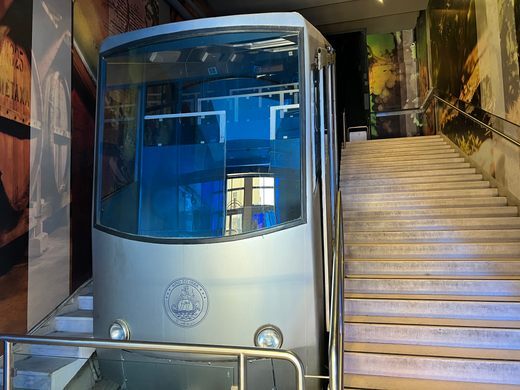
The funicular ran uninterrupted for 38 years until 2002, when the carriages were replaced and the mechanical and electrical systems were renovated. Now, each car has a capacity of 34 people and the funicular transports an average of 300,000 riders annually.
Atop the mountain is a panoramic view of all of Athens. On the higher peak is the 19th-century Chapel of Saint George, a tiny Cycladic-style chapel that was first used by a Monk in 1834 and sits on the grounds of an ancient temple dedicated to the God Zeus as well as a café and restaurant. On the lower peak sits a 4,000-seat Amphitheater.


July 25, 2022
19 October 2022 - FLINDERS STREET STATION BALLROOM - MELBOURNE

FLINDERS STREET
STATION BALLROOM
- MELBOURNE -
G'day folks,
An abandoned jewel of a ballroom on the top floor of Australia’s busiest rail station echoes with the sounds of a bygone era.Flinders Street Station, the busiest railway hub in all of Australia, is home to a decaying beauty of a ballroom, an abandoned leftover from the bygone era of railroad romance.
While the station serves nearly 100,000 travelers a day, the old third floor ballroom, closed off from the public since 1985, rarely opens its doors to visitors. Viewing the space has been so coveted in recent years that during Open House Melbourne (an annual celebration of design and urban preservation) special entry was granted by a secret “Golden Ticket,” tucked into a lucky few visitors’ programs.



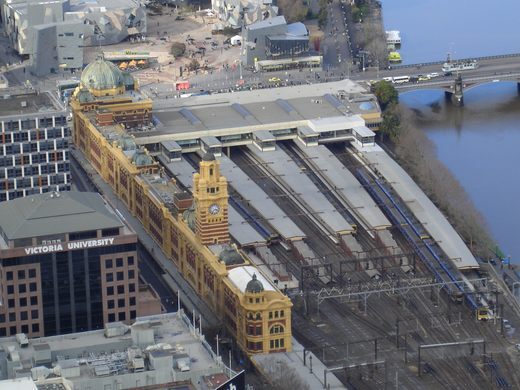
Designed in 1899 by James Fawcett and H. P. C. Ashworth, Flinders Street Station opened in 1910, and quickly became a Melbourne icon. The space occupied by the Ballroom was originally the lecture hall of the Victorian Railways Institute, an association established to provide “betterment of railway staff.”
This included night courses, a lending library, and physical fitness classes. There were also “men only” spaces, such as a billiard room, table tennis, and a private gym with a boxing ring and running track on the roof.
The heyday of the ballroom was in the 1950s and 60s, when public dances would fill the hall, always sure to finish on time so they could catch the last train home. All these accommodations are long gone, but the spaces they occupied are there, just waiting to be rediscovered.
As of early 2017, the station is about to undergo a major overhaul and renovation, including a return to the original colors of the early 20th century. For the ballroom itself, the Victorian Government has put together a business plan to bring it all back to life—hopefully that will happen soon. The dancers are just waiting to catch that train.

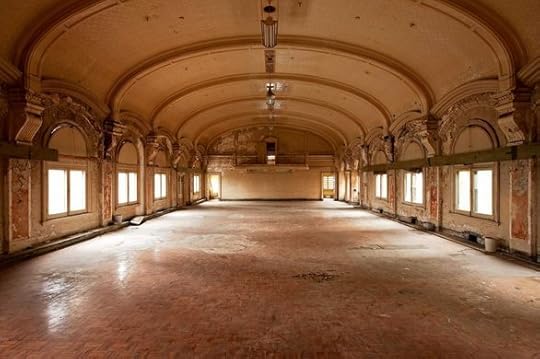
8 October 2022 - SPEAKERS' CORNER - MELBOURNE, AUSTRALIA
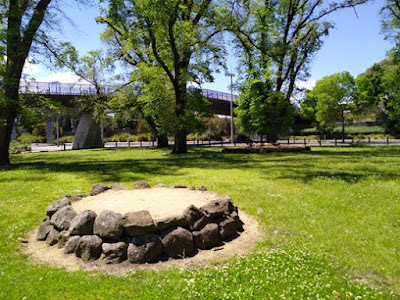
SPEAKERS' CORNER
- MELBOURNE, AUSTRALIA -
G'day folks,
From the late 19th century until the 1960s, these stone-lined "stumps" were a popular place for people to air their views on local and international issues.Most people today, if they noticed them at all would be puzzled by the rock-lined mounds located in the corner of a city park near the bank of Melbourne’s Yarra River. The Speakers’ Corner is set among the shade of oak trees in Yarra River Park and was a significant part of social life and debate, particularly during times of unrest such as World War I, the Great Depression, and the 1940s, when leftist politics were beginning to feel the force of repression.
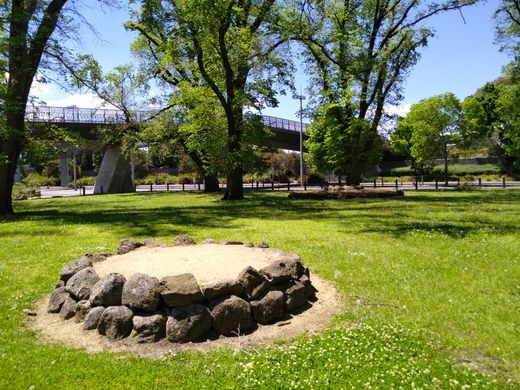
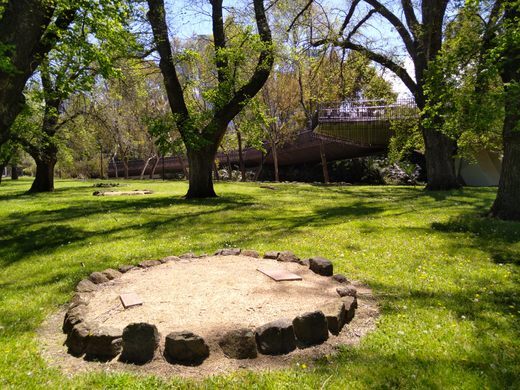
It was originally a one-hectare site and heavily treed. Crowds would gather on Sundays at the western tip of what was then Flinders Park. Speakers would stand atop one of the nine bluestone-faced granite mounds. These mounds were called the “stumps” after the tree-stumps that shearers would stand on during meetings in the bush.
Anyone could get up and speak, but members of some groups would be regulars, including the Communist Party and the Catholic Evidence Guild. The atmosphere has been reported as spirited but generally jovial, and included good-natured, jeers, heckling, and hollering heard from the crowd. Since the 1960s, and with the rise of more varied media, the site has been comparatively quiet, serving as a meeting place for participants following the annual May Day parade each year.
Speakers’ Corner commemorates those throughout history who have informed the public of matters of interest and concern and symbolizes the importance of the place as a site for free speech. Interpretive sculptures have also been added, comprising four low-lying, stepped pink-granite outcrops which are inscribed with quotations.

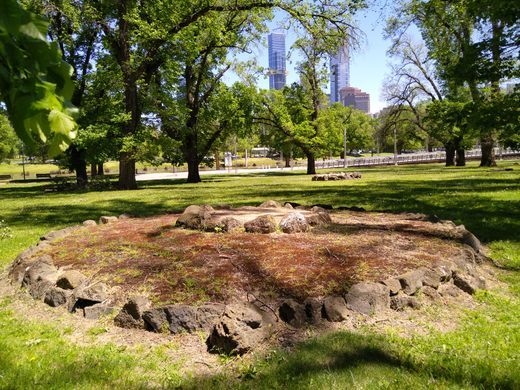
July 23, 2022
25 October 2022 - DICKIE BIRD STATUE - ENGLAND
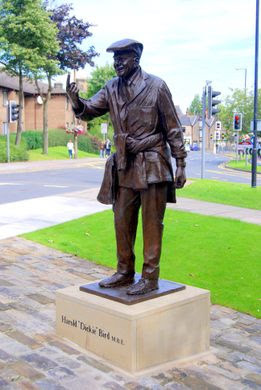
DICKIE BIRD STATUE
- ENGLAND -
G'day folks,
Welcome to a tribute to a beloved cricket umpire; a magnet for risqué pranksters.
It’s unusual for a sports official like a referee or an umpire to achieve the same iconic status as the players. But anyone who knows cricket knows the name Harold “Dickie” Bird.
Bird’s now retired from his role as an international cricket umpire, but when he was active, he was one of the best-loved and most highly respected sports officials ever to take on the often controversial role. There’s no doubt that in the game of cricket, he was—and remains—a legend because of both his attention to detail and the unflinchingly fair way he oversaw the games.
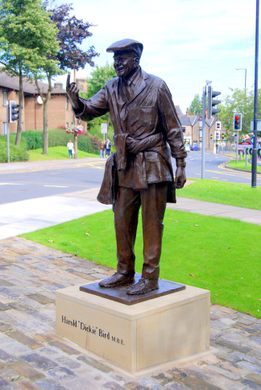
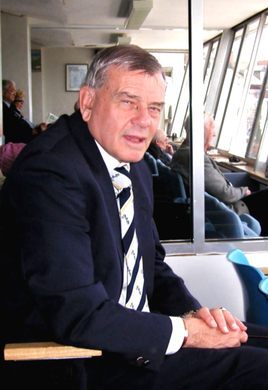
In Bird’s umpiring career (which started in the domestic game in 1970), he officiated more than 66 multi-day Test matches (a world record at the time) and 69 one-day international matches (including three World Cup Finals). Though Bird retired in 1998, he came out of retirement for a special match in 2007.
In 2009, this life-size bronze statue of Bird was erected in his hometown of Barnsley. The statue, which was built by Graham Ibbotson, shows him standing in a familiar pose: one arm outstretched and pointing his index finger, indicating that a batsman is out.
It’s perhaps inevitable that this pose has regularly attracted the attention of rowdy late night revelers, particularly on Friday and Saturday nights. Bras, panties, and condoms were frequently left dangling from the outstretched finger on Dickie’s right hand. In 2013, the authorities in Barnsley raised the statue from its ground-level position onto a five-foot high plinth to discourage the pranksters. But this has not proved completely successful, as the odd, inappropriate item does still make its way onto the outstretched digit.
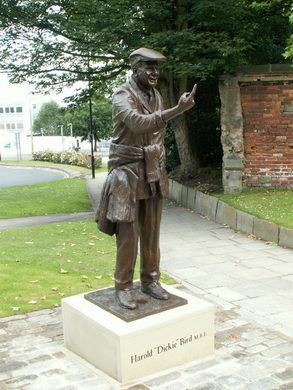
21 October 2022 - IDA LEWIS - FAMOUS LIGHTHOUSE KEEPER
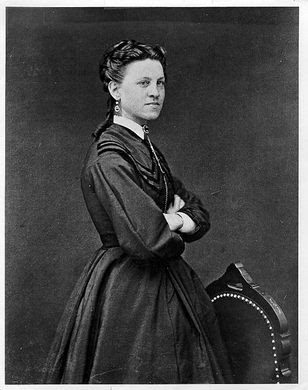
IDA LEWIS
FAMOUS
LIGHTHOUSE KEEPER
G'day folks,
Welcome to the final resting place of the famous Rhode Island lighthouse keeper who heroically saved dozens of people from drowning.
In an era when most women were expected to look for a husband, practice their needlepoint, or pursue a womanly career like governess or lady’s maid, Ida Zorada Lewis was swimming, rowing boats, and saving people from drowning in the sea.
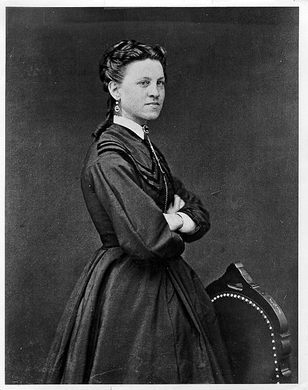
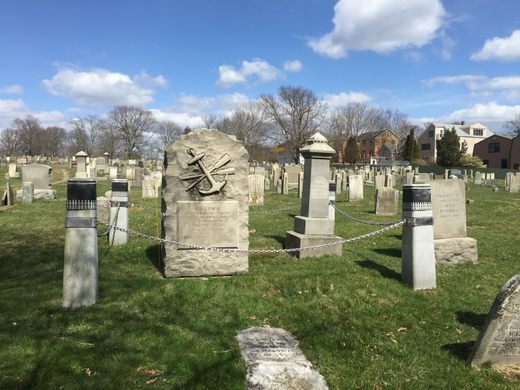
Lewis became known for her impressive rowing and swimming skills after her father relocated the family to Lime Rock in 1857 so he could be keeper of the lighthouse. She rowed her siblings back and forth to school on the mainland every day, and it wasn’t long before she was rescuing people who were drowning.
When her father’s health failed when she was a teenager, Lewis began learning how to perform his duties. When he died, his wife briefly became lighthouse keeper. However, her health was failing and the real responsibility fell to Lewis. Upon her mother’s death in 1878, Lewis was given the position.
For a time, she was the highest-paid lighthouse keeper in the United States. The unofficial record of lives Lewis personally saved during her 54 years running the light house may have been as high as 25, but documented records credit her with saving a minimum of 18 lives. She made her last rescue at age 63.
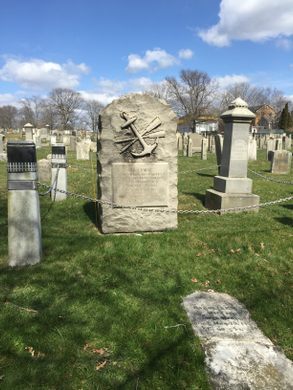

Lewis received numerous medals and awards for her daring rescues, including the Gold Lifesaving Medal from the U.S. Government and a silver medal from the Life Saving Benevolent Association of New York. She also was the first woman to receive the gold Congressional medal for lifesaving. In 1907, industrialist Andrew Carnegie, founder of the Carnegie Hero Fund Commission, added her to his private pension list.
Despite her many accomplishments and fame, Lewis was a woman and was not even allowed to vote. She was visited by many members of the women’s suffrage movement, who used her as an example of women’s inherent strength.
In 1924, Rhode Island officially changed the name of Lime Rock to Ida Lewis Rock and re-christened the lighthouse Ida Lewis Lighthouse. To bypass a longstanding rule that lighthouses shouldn’t be named after anything other than their geographical location, the entire island was named after Lewis so the lighthouse could honor the woman who devoted her life to its service.
July 21, 2022
14 October 2022 - OLD BUNKER HIDDEN BENEATH PARK in SPAIN
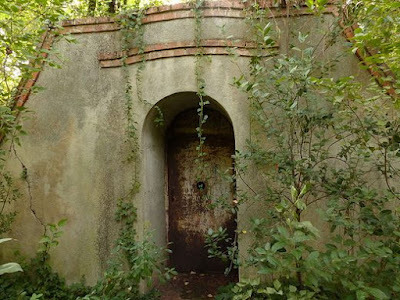
OLD BUNKER HIDDEN
BENEATH PARK
- SPAIN -
G'day folks,
A subterranean relic of the Spanish Civil War hides below this picturesque park.A relic from the Spanish Civil War hides in this picturesque Spanish park. There, among the postcard-perfect statues and greenery, is an old bunker buried beneath a thick layer of dirt and grass.
Known as Posición Jaca, the bunker was used by the Republican forces to defend Madrid from Nationalists. If attacked, high-ranking Republicans could seek refuge in the secure subterranean space. Covered beneath feet of soil and confined within the sturdy walls, they’d remain safe from bombs beating the surface above them.
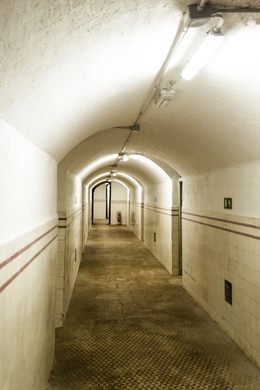
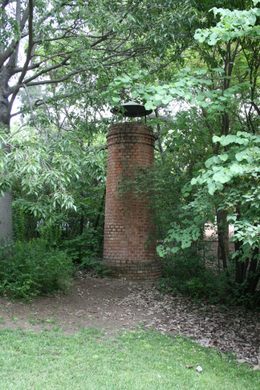
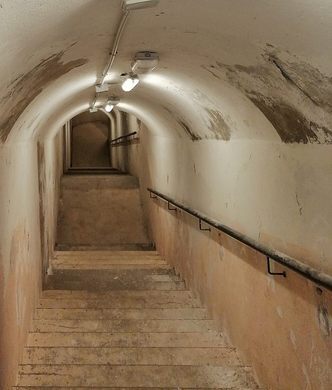

Two hundred people could spend months hunkered down in the bunker, which was surprisingly spacious and equipped with toilets, offices, and electricity. Chimneys poking out of the earth provided ventilation and air circulation, and a communications system would keep the refugees in touch with the outer world.
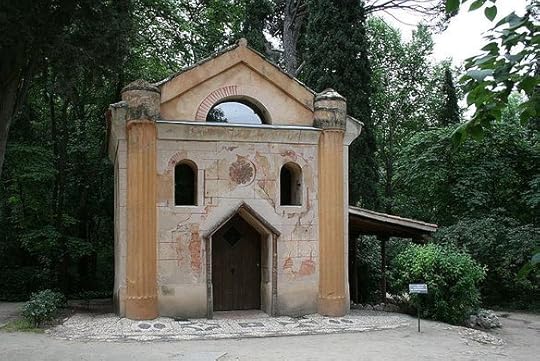
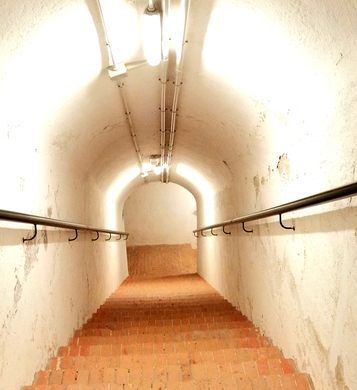
The park the bunker is in was built between 1789 and 1839 by Duchess of Osuna María Josefa Pimentel, back when the area was part of her estate at Alameda de Osuna, outside the capital, as a lovely garden to host high society parties. During the French Invasion of 1808, the property was handed over to General Agustin Belliard to be used by his troops, but as they retreated the Duchess claimed it back. After her death, the place was administered by her grandson and later his brother, who continued hosting parties, even holding one in 1863 for Queen Isabel II.
The design Parque El Capricho shows English influence, as it includes naturalistic features such as a hermitage house, lilac forests, a lake and several rivers, a maze, and a mock Greek temple. The palace is often used for photo sessions, and in 2016 it was proposed to turn the structure into a museum.
7 October 2022 - ABANDONED BUNKERS IN FINLAND
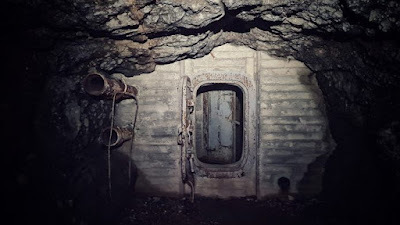
ABANDONED BUNKERS
IN FINLAND
G'day folks,
Fortifications built for a Soviet invasion that never came now sit abandoned in a losing battle against nature.In the early 1940s, between the Winter War and the Continuation War, tensions were high in Finland. The Soviets could invade, seemingly, at any moment. As a result, in 1940, Finland began the construction of Salpalinja (the “Salpa Line”), a system of more than 700 field fortifications made from concrete or excavated from rock along Finland’s eastern border.
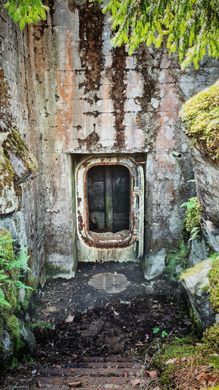


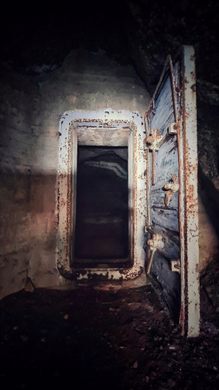
Stretching 1,200 kilometers (746 miles) from the Gulf of Finland in the south to modern-day Pechengsky, Russia, in the north, Salpalinja consisted of bunkers, trenches, fueling stations, weapons depots, and more. The line incorporated many lakes and marshes into its terrain, as these areas could be tough to navigate and easy to defend.
Finished in 1944, Salpalinja was a mammoth project set to defend Finland against a possible Soviet invasion—only that invasion never came.
Fast-forward to today, and Salpalinja sees more action from tour groups and urban explorers than it ever did in combat. Many of the features of the line still stand today, as they never endured any of the devastations of war. Along the line are multiple museums dedicated to its past and its bunkers, as well as tours that provide a great overview of its history.
However, many bunkers, dugouts, and obstacles are buried deep in the forests, away from guided tours and foot traffic. These areas offer great experiences for those interested in a different or additional perspective from the various museums. The Ventovuori area in Virolahti offers numerous bunkers and systems to explore but it is still just a very small part of Salpalinja.
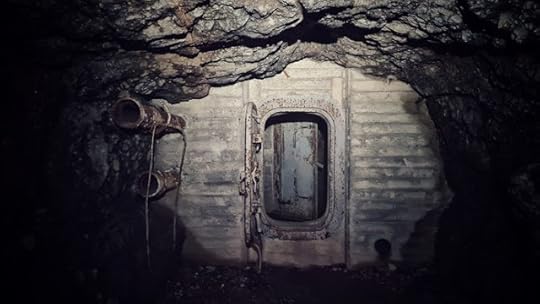
Salpalinja was painstakingly built in the name of preparedness and defense, but today it remains only as a reminder of a history that never was, but could have been.
July 19, 2022
18 October 2022 - AMAZING INDIGENOUS PETROGLYPHS IN NEVADA
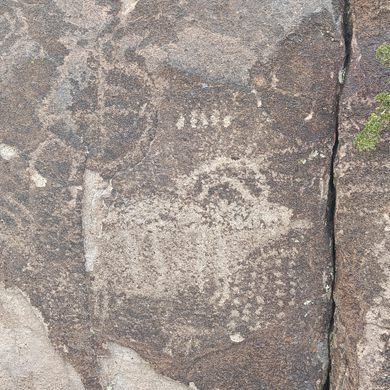
AMAZING INDIGENOUS
PETROGLYPHS IN NEVADA
G'day folks,
Welcome to one of the few remaining indigenous petroglyph sites in Nevada.
The petroglyphs at Mt. Irish are one of the few indigenous sites found in Nevada that give visitors an important look into the people that lived in the region since roughly 1000 B.C.
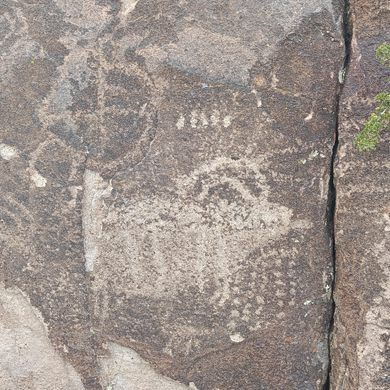
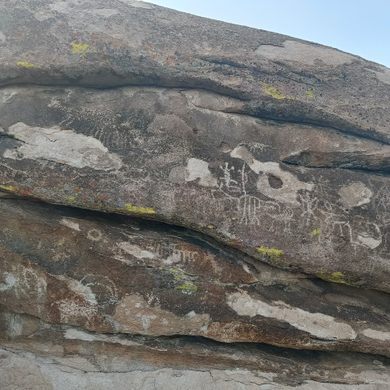
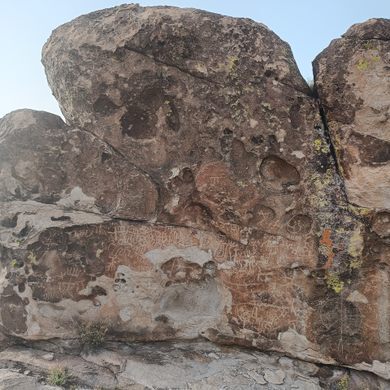
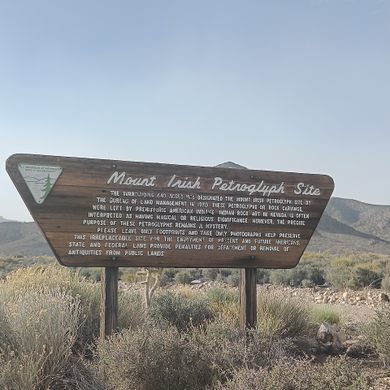
The petroglyphs, pottery shards, and other items found at the site are believed to date back to between 1 and 1500. The petroglyphs are carved into the rocks, where the so-called desert varnish is removed from the stone to reveal brighter colored rock beneath. Most of the drawings are of bighorn sheep, which are thought to have been a staple food for the indigenous cultures. There are also drawings of people and abstract symbols such as water and spirals.
In many ways, the site is similar to the Yerbas Buenas petroglyph site in northern Chile. This site, which is over 4,000 miles away is situated in a similar low-lying rock formation and is covered with petroglyphs of llamas and people. This suggests that not only these people were distantly related, but also that their culture remained mostly the same during their long migration southward.
